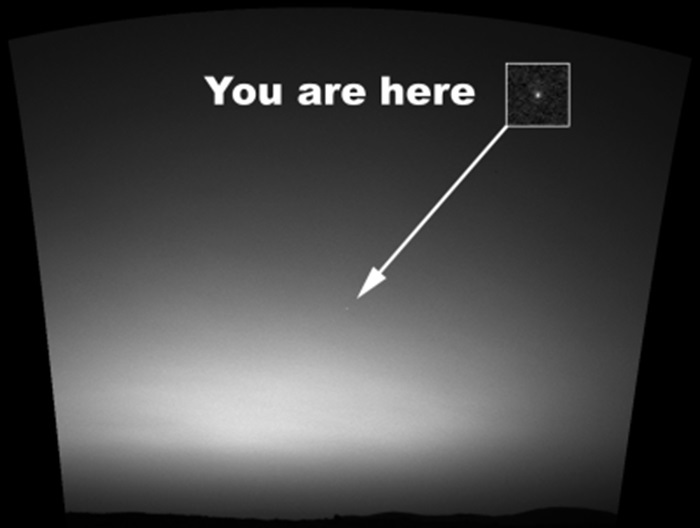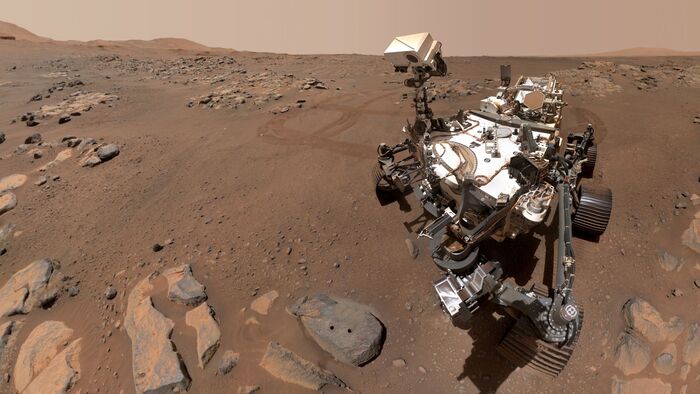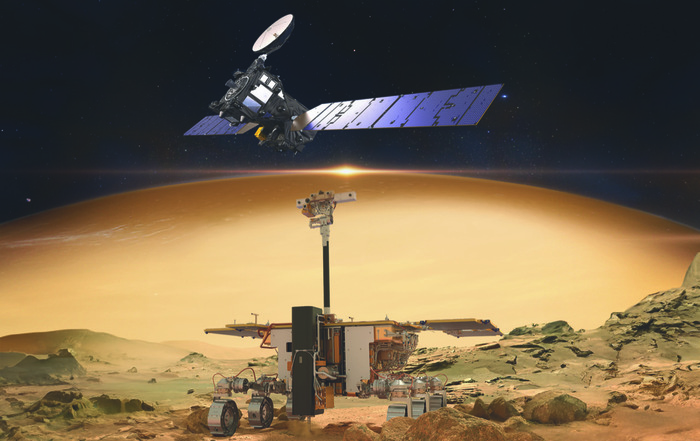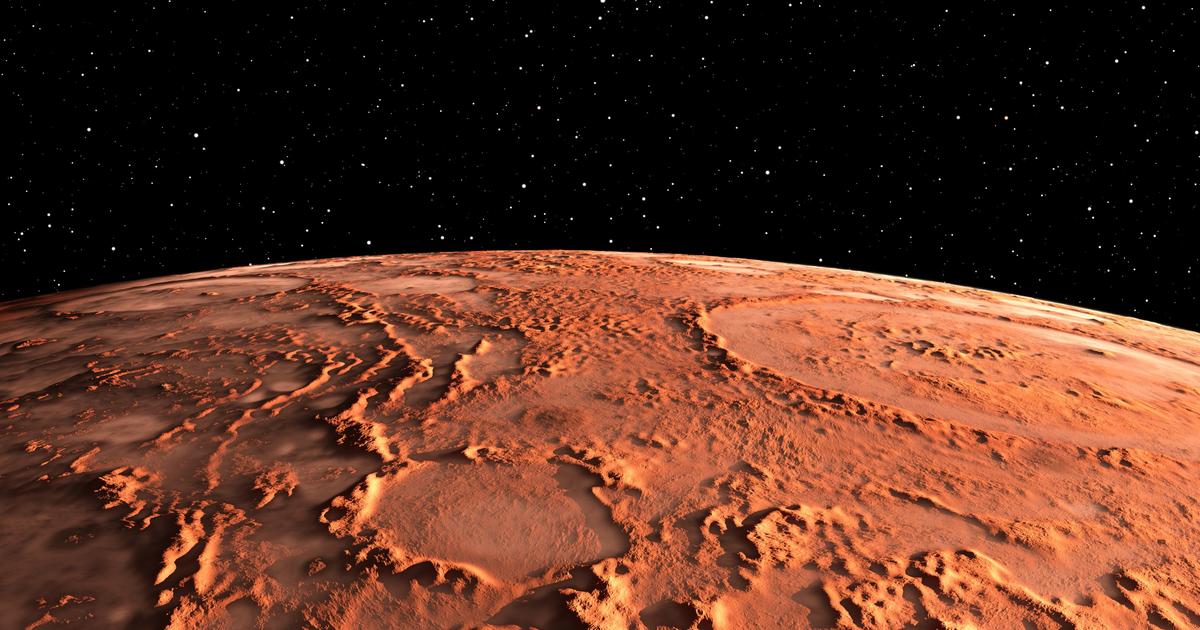NASA's Curiosity rover, on Mars since 2012, captured its first rays of the Sun during one of the gloomy sunsets that characterize the Red Planet: it is the first time that the rays of our star are seen so clearly on this neighbor of the Earth, shining through the cloud cover.
The image was taken last February 2, during the new study campaign whose main mission is to observe the so-called 'noctilucent clouds': an atmospheric phenomenon also present on our planet and visible only at dusk, when the clouds present at the highest altitudes are illuminated by the light of the Sun which is located below the horizon.
While most of the Martian clouds hover no more than 60 kilometers above the ground and are composed of water ice, the ones in the latest images appear to be at a higher altitude where it is particularly cold.
This suggests that these clouds are made of dry ice, which is carbon dioxide in a solid state.
Curiosity also photographed a series of iridescent feather-shaped clouds (source: NASA/JPL-Caltech/MSSS)
Curiosity began its study of clouds in 2021, but starting from January of this year it also began to use its color camera, which allows you to see better, compared to the black and white one, how the clouds change and they move over time.
The observations, which will continue until mid-March, will provide crucial information for understanding the planet's weather conditions.
In addition to the sun's rays, the NASA rover also photographed a series of iridescent feather-shaped clouds.
"When the clouds become iridescent, it means that the dimensions of the particles that compose them are all identical to each other," explains Mark Lemmon, of the American Institute for Space Science in Boulder, Colorado.
“By observing color transitions we can understand how clouds evolve and change size”.








